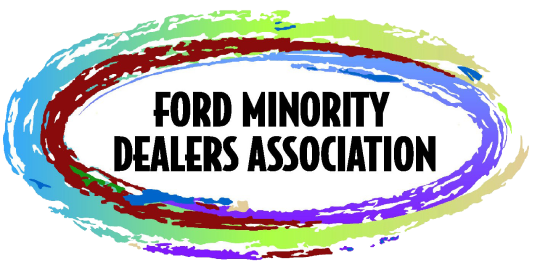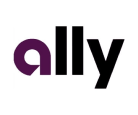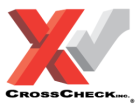
Bridging the Trust Gap: How to Achieve Transparency and Profitability with Digital Desking – eLend Solutions
Introduction
The automotive retail industry is approaching a tipping point, facing a dilemma that centers on diverging preferences: how dealers want to sell and how buyers want to buy. Traditionally, dealers have hesitated to fully embrace transparency, understandably fearing it might undermine profitability. However, this mindset is increasingly at odds with the buyer’s demand for convenience and transparency in every step of the buying process. Digital desking emerges as a promising solution to reconcile these differences. This blog explores how digital finance innovations can enhance profitability while meeting consumer demands for transparency.
The Trust Gap
The automotive industry faces a significant trust gap, a divide between consumer expectations and their actual experiences. In our most recent dealership survey, 97% of dealers agreed there is a trust gap between the consumer and the dealer when it comes to arriving at ‘THE’ deal. Most car buyers are ‘payment sensitive,’ meaning affordability is their biggest challenge. They’re focused more on monthly payments than the vehicle selling price due to factors like inflation and rising interest rates.
On the other side, many dealers are out of touch with this payment-centric perspective. They often see transparency and profitability as mutually exclusive, creating a gap between how dealers want to sell and how buyers want to buy. This is the ‘trust gap.’ According to the 2023 Capital One Car Buying Report, 82% of dealers admit that their views on transparency differ from those of consumers.
Transparency Starts Online
Closing the trust gap begins with acknowledging the shift towards digital retailing. Consumers prefer to complete as many steps as possible online before visiting a dealership. However, most “self-penciling” and payment calculator tools create non-transparency – establishing unrealistic expectations by providing unqualified payment information. This leads to confusion and conflicts at the dealership, with consumers blaming the dealer, not the technology, thereby perpetuating skepticisms and stereotypes.
Digitizing the Deal, Finance Innovation
Dealers should focus on what consumers want to accomplish. If most shoppers want to know what payment and finance terms they qualify for before making a buying decision, make it easy for them. Information transparency just makes sense. You are in the business of selling cars. The more customers know, the more comfortable they are, and the more likely they are to buy.
Advanced digital desking tools offer accurate and actionable financial options, aligning with consumer expectations and reducing buying frictions. These tools are not just about providing estimates; they can offer real, transactable, fundable financial options. By changing when and how the shopper is introduced to qualified payment information, technology and data can bring consumers and dealers together more quickly. The two-way transparency is a trust multiplier.
Growing Profitability Through Transparency
Contrary to common belief, transparency and profitability can coexist and even complement each other. Both dealers and consumers agree that transparency means price and financing fairness. Digital desking (finance) tools accomplish both and as the importance of trust grows, so does the likelihood of a profitable deal. For dealers, this means transparency does not mean a race to the bottom. Transparency means the information found online is accurate, and the financing options are fair and clearly communicated.
With advanced digital finance tools, quoted payments can be calculated to include qualifying incentives, and commonly unlisted dealer fee structures and taxes. And dealer reserve. Moreover, knowing what the buyer qualifies for leaves room in the deal for vehicle accessories and profitable protection plans – showing the buyer how these selected additions would affect their monthly payment and increasing uptake. Transparency can also boost profitability in several other ways:
1. Increases Finance Penetration: Early involvement of finance, digitally or otherwise, can structure more profitable deals.
2. Expands Market Reach: Word of mouth travels fast. Reputation helps you reach far beyond your primary marketing area.
3. Enhances Customer Satisfaction: Transparency reduces conflicts and increases loyalty.
4. Drives Efficiency: Time is money, and faster transactions save you both.
5. Boosts Repeat Business: Satisfied customers become your best advertisers.
Conclusion
As the automotive industry evolves to meet changing consumer expectations, the future favors dealers who balance transparency with profitability – online and offline. Transparency is not just about offering the lowest price; it’s about clarity and fairness in deals. Closing the trust gap is not just ethical; it’s good for business. Advanced digital desking tools offer a pathway to bridge this gap, proving that transparency and profitability are two sides of the same coin. The bottom line is straightforward yet significant: the more transparent you are, the more profitable you can become.
For more information, call 866-885-5319 or email productadvisors@elendsolutions.com





















